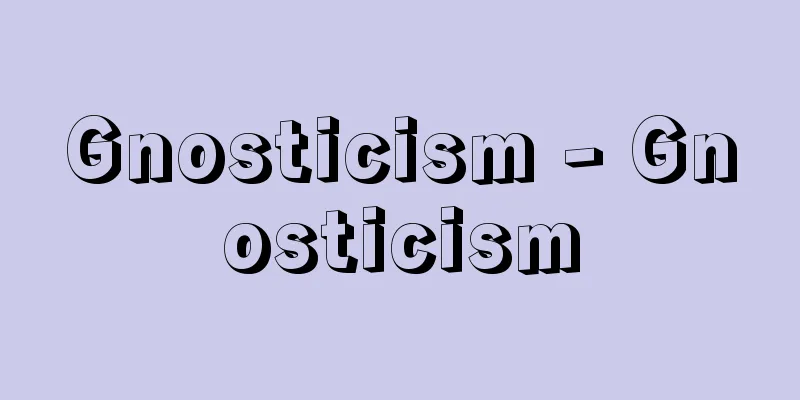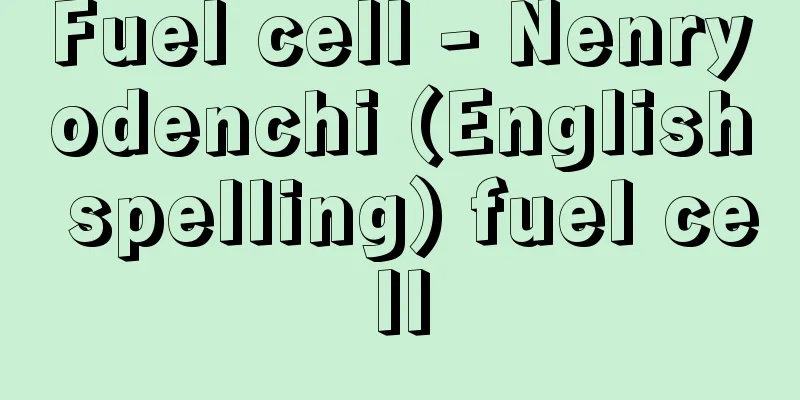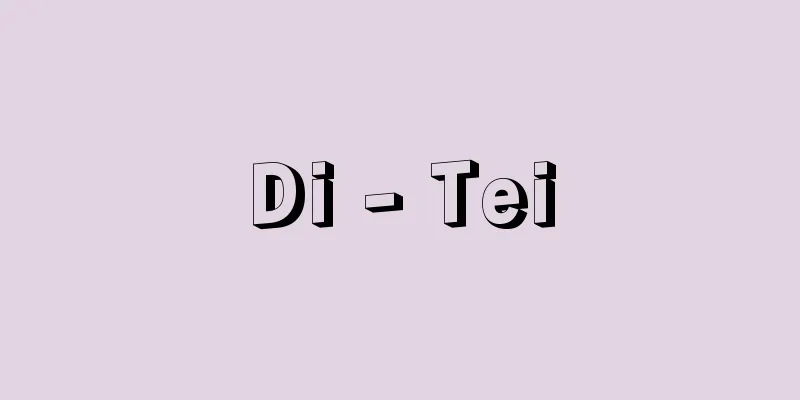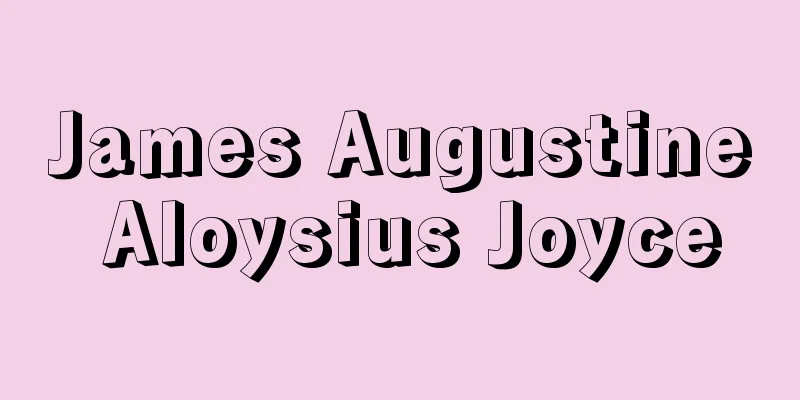Phrase - phrase
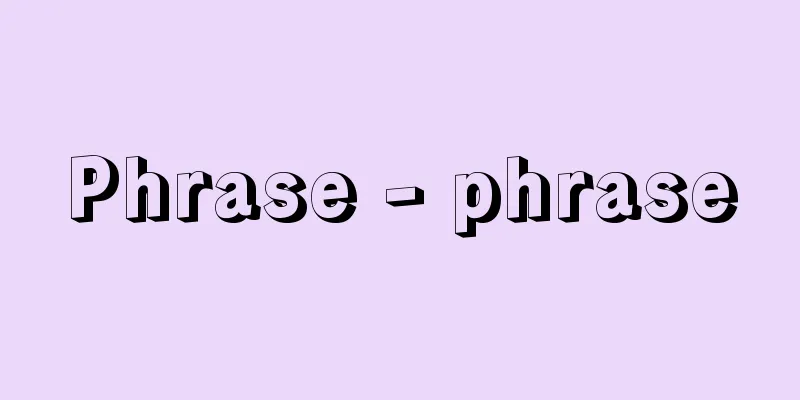
|
A term in Japanese grammar, it refers to a linguistic unit between a word and a sentence. It is a term used in Hashimoto Shinkichi's grammar theory, but is widely used through school grammar. According to Hashimoto, a "phrase" is the shortest single-phrase segment that combines as many parts of a sentence as possible in actual language. For example, the sentence "It's good weather today" is composed of three phrases: "Today too," "Good," and "It's good weather." A "phrase" is composed of one or more words, but the components that directly constitute a sentence are not words but these "phrases," and the relationship is that words constitute phrases, and phrases constitute sentences. Therefore, the structure of a sentence is explained as the relationship between phrases, and it is thought that all of them can be reduced to the relationship of two phrases combined, but from the perspective of meaning, there are cases where combined phrases should be considered as one thing that combines with another. For example, in "This older brother and younger brother," the two phrases "older brother" and "younger brother" are first combined, and then this is combined with the phrase "this." In this way, Hashimoto called two or more phrases combined to form a semantic unity a "concatenated phrase," and attempted to explain sentence structure using this concept of "concatenated phrases." In the case of "Akai hana ga saku" ("red flowers bloom"), the "phrase" approach would explain that "aka" modifies "hana ga" ("flowers"); however, since "aka" is seen as modifying only "hana" ("flowers"), some people question the basis of syntax theory based on "phrase" approaches. [Yamaguchi Yoshinori] Source: Shogakukan Encyclopedia Nipponica About Encyclopedia Nipponica Information | Legend |
|
日本文法の用語で、単語と文との中間にある言語単位をいう。橋本進吉の文法論における用語であるが、学校文法を通じて一般に流布している。橋本によれば、「文節」は、文を実際の言語としてできるだけ多くくぎったもっとも短い一句切(ひとくぎ)れで、たとえば「今日もよいお天気です」という文は、「今日も」「よい」「お天気です」の三文節からなるという。「文節」は一つまたは二つ以上の単語からなるが、文を直接に構成する成分は単語でなく、この「文節」であり、単語が文節を構成し、文節が文を構成するという関係になる。したがって、文の構成は、文節相互の関係として説明され、すべて二つの文節の結合関係に還元されると考えられるが、意味の側からみると、文節の結合したものを一つのものとみて、それが他と結合するとみるべき場合がある。たとえば、「この兄と弟は」は、「兄と」と「弟は」の二文節がまず結合し、これと「この」という文節が結合するとみられる。このように、二つ以上の文節が結合して意味的なまとまりを有するものを、橋本は「連文節」とよび、この「連文節」の概念で文の構造を説明しようとした。 なお、「赤い花が咲く」において、「文節」の考え方では、「赤い」が「花が」を修飾すると説明されるが、「赤い」は「花」だけを修飾しているとみられることなどから、「文節」を構文論の基礎に置くことを疑問視する見方もある。 [山口佳紀] 出典 小学館 日本大百科全書(ニッポニカ)日本大百科全書(ニッポニカ)について 情報 | 凡例 |
<<: Robert Wilhelm Eberhard Bunsen
Recommend
mansfieldite
…Fe 3+ and Al 3+ are mutually substituted to form...
Aeschniidae
...In the narrow sense, it is a general term for ...
Gesta Danorum (English spelling)
…He attempted to pacify the Baltic Sea region, wh...
Dormitory - Dormitory (English spelling)
Generally, a boarding school is a facility for st...
Basic Physiology
...However, the boundary between the two is not a...
Chelyabinsk (English spelling) Челябинск/Chelyabinsk
A large industrial city in the Urals, central Rus...
Phenomenon - Phänomen (English spelling) German
Formally, it refers to the facts that appear to o...
Electronium
...In the 1950s, the development of electronic mu...
Federal Reserve Act
...Moreover, this provision remained in effect un...
Transfer
Transfer is the effect of previous learning on sub...
Imamiya Shrine
A type of Imperial Court tribute belonging to the ...
Mixed psychosis - mixed-psychosis
This concept was given to a group of disorders tha...
Teranthropus (English spelling)
A fossil human discovered in 1949 near Johannesbur...
Wheeler & Wilson [Company] - Wheeler and Wilson
…In 1851, William O. Grover and William E. Baker ...
Pavel Petrovich Bazhov
Soviet novelist. Born into a family of mining eng...

